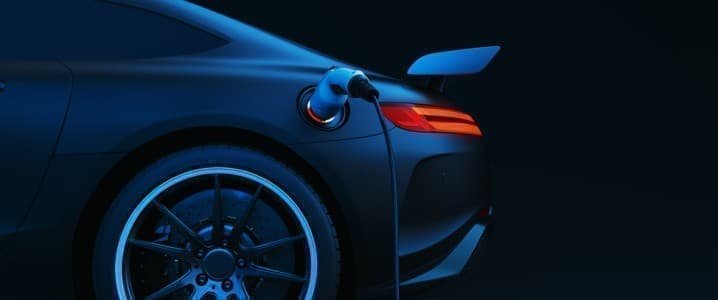Following years of investment in electric vehicles (EV) from major automakers and innovative new startups, over the last year, sales have faltered, causing many industry players to reassess their previously optimistic forecasts. Many big manufacturers have scaled back operations for fear of an oversupply of EVs before demand for environmentally friendly vehicles increases sufficiently. However, U.S. Treasury Secretary Janet Yellen recently stated that the Biden administration’s Inflation Reduction Act (IRA) has created a “boom” in the EV sector, which is expected to spur uptake.
This month, U.S. Treasury Secretary Janet Yellen said that the Biden administration’s investment in EVs has led to the acceleration of a sectoral expansion in recent years. She highlighted a major investment in a new $49 million EV battery factory in Kentucky, supported by tax credits from the IRA. Yellen stated, “It’s part of a boom in EV-related investments in Kentucky⦠The Biden Administration’s policies and federal funds are fuelling private sector investments.”
Her statement seems overly ambitious to many in the sector given the recent downturn in EV sales forecasts. Many automakers have lowered their expectations for EV sales in the coming years following a less-than-successful year. This has led many in the industry to take a wait-and-see approach.
To date, the consumer demand for EVs and hybrids has been lower than anticipated, following several years of growth. Although governments worldwide are encouraging consumers to shift from internal combustion engine (ICE) vehicles to greener electric alternatives, many are waiting until automakers can offer EVs at a cheaper price, with a longer range, more power and other competitive attributes. In addition, the U.S. has been slow to roll out its EV charging infrastructure, meaning there is a dearth of charging equipment in several regions of the country.
The Biden administration plans to invest $7.5 billion from the Bipartisan Infrastructure Law in the development of a national EV charging network, with high-speed chargers, spaced no less than every 50 miles along U.S. major roads, freeways, and interstates, through the National Electric Vehicle Infrastructure (NEVI) programme. Biden aims to develop a network of at least 500,000 public chargers by 2030. It is hoped that the rapid development of a major charging network will assuage automakers’ concerns and encourage greater consumer uptake in the coming years.
Biden previously stated that his government was investing in the EV sector to make 50 percent of all new vehicle sales electric by 2030. However, earlier this year it became apparent that the Biden administration intended to relax limits on exhaust pipe emissions to give automakers more time to develop their EV offerings. This could severely affect EV sales forecasts, delaying a major rise in uptake to after 2030. The CEO of the auto industry trade group the Alliance for Automotive Innovation (AAI), John Bozzella, believes the next three or four years are critical for the development of the EV market. He said it was important to “Give the market and supply chains a chance to catch up, maintain a customer’s ability to choose, let more public charging come online, let the industrial credits and Inflation Reduction Act do their thing and impact the industrial shift.”
As the government changes its bullish approach to EVs, U.S. automakers are altering their strategies to respond to a decrease in the mid-term EV sales outlook. General Motors (GM) and Ford both cut EV production targets in 2023 due to a slowing demand. This has had a knock-on effect on battery makers, as demand for EV components has slowed in line with reduced production in recent months.
This February, Ford’s CEO Jim Farley said the company was rethinking its EV strategies, including “reassessing” the need for the in-house production of batteries. The major automaker previously confirmed plans to delay $12 billion in spending on all-electric vehicles, but its EV strategy may now change even more dramatically. Farley stated, “One of the things we’re taking advantage of in taking some timing delays is rationalising the level and timing of our battery capacity to match demand and actually reassessing the vertical integration that we’re relying on, and betting on new chemistries and capacities.” He explained that he believed the mass-market adoption of EVs would not happen until costs could be brought more in line with ICE vehicles, resulting in a mid-term sales forecast reduction.
Tim Piechowski, the portfolio manager with ACR Alpine Capital Research, explained, “There’s no doubt that the limitations – EV charging and the lack of battery resiliency at low temperatures – are causing consumer anxiety.” He went on to say, “The reality is that the adoption curve will be slower and there will be pushback to regulators about fuel economy⦠It’ll just be a longer ramp than perhaps was initially anticipated.”
While there is still excitement around the potential for an EV boom, recent market trends suggest that the increase in EV sales in recent years will likely level out until the technology and infrastructure are in place to encourage consumers to switch from ICE to EV. The rollout of a countrywide charging network and the advancements in battery technology are expected to encourage greater consumer uptake, although at a slower rate than originally thought.
By Felicity Bradstock for Oilprice.com
More Top Reads From Oilprice.com:

